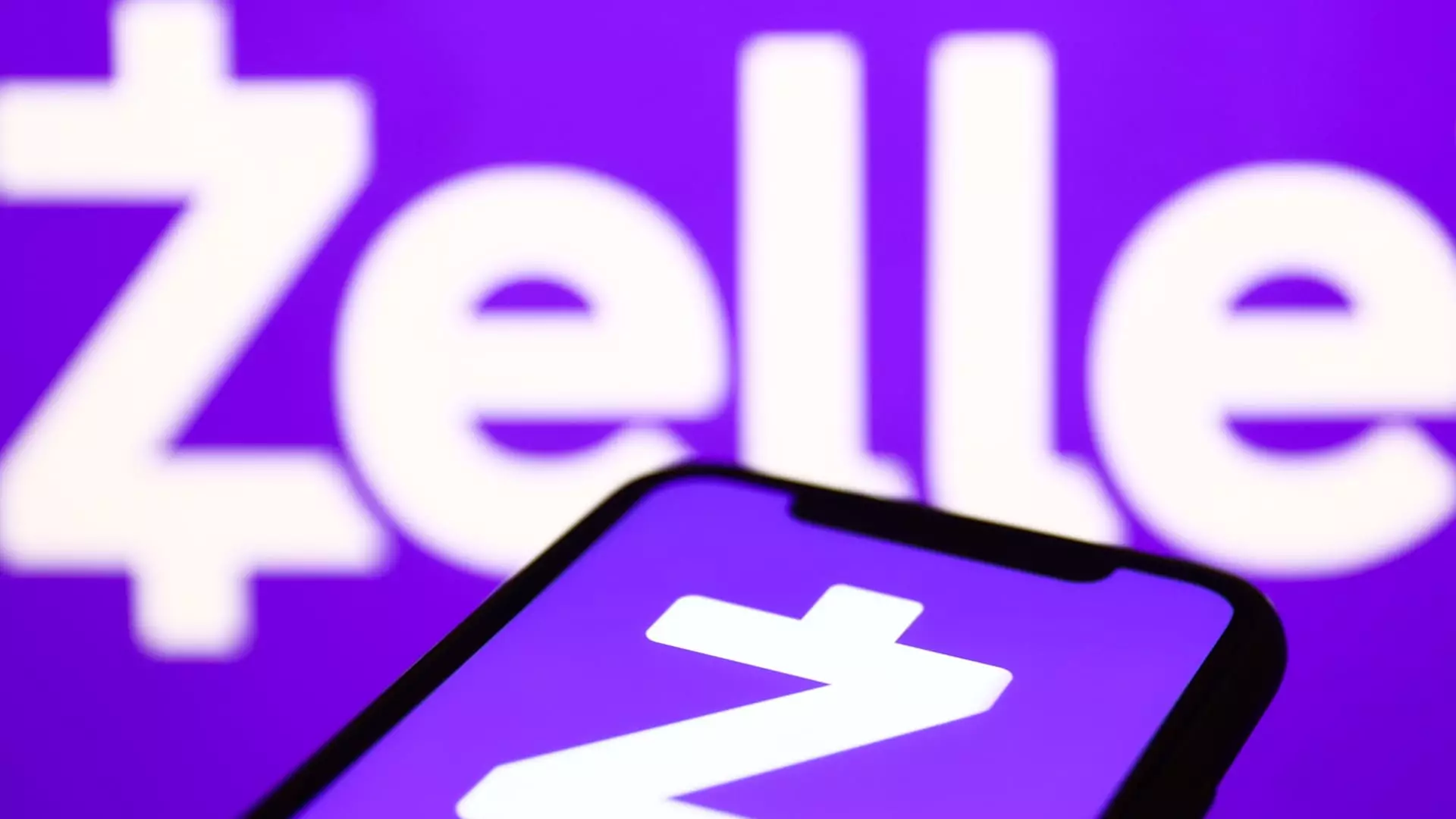Zelle, a payments platform managed by the bank-owned Early Warning Services, has set a significant milestone by surpassing $1 trillion in total transaction volumes last year. This remarkable achievement not only underscores the platform’s rising popularity but positions it as the leader in the competitive peer-to-peer (P2P) payment landscape. With a striking 12% increase in its user base, culminating in 151 million accounts in 2024, and a staggering 27% year-on-year growth in transaction volumes, Zelle’s expansion signals a notable shift in how consumers manage their payments.
Launched in 2017 as a direct challenge to established fintech giants such as Venmo, PayPal, and CashApp, Zelle differentiates itself with several critical advantages. It is owned by a consortium of seven major U.S. banks, including industry titans like JPMorgan Chase, Bank of America, and Wells Fargo. This backing allows Zelle to offer seamless and instant money transfers directly within the banking apps of its member institutions, a capability that its competitors have struggled to replicate effectively. The convenience of immediate transfers directly from a user’s bank account appeals to consumers seeking efficiency in their financial transactions.
The growth trajectory of Zelle has been notably rapid, surpassing that of PayPal, which reported over $400 billion in total P2P payment volumes. The trend suggests a shifting consumer preference towards banking-based solutions that not only streamline payments but also provide a sense of security that comes from traditional banking institutions. The increasing inclination to use Zelle for everyday transactions—such as paying rent or compensating caregivers—highlights a broader acceptance and integration of digital payment solutions into everyday financial routines.
Despite Zelle’s impressive growth, the platform has faced significant scrutiny regarding its handling of fraud. Critics have raised concerns that the network, along with the prominent banks behind it, has not adequately addressed issues related to fraud detection and victim reimbursement. In response, Zelle has taken proactive measures to combat these challenges, asserting that its platform is highly secure, with 99.95% of transactions occurring without fraud or scams. Nevertheless, the persistence of these accusations serves as a reminder that as digital transactions increase, so too does the need for robust fraud prevention strategies.
Looking forward, Zelle stands at a pivotal moment in its evolution. With a banking-centric model that is increasingly embraced by businesses and consumers alike, its momentum seems likely to continue. As users gravitate away from cash and checks in favor of instantaneous digital transactions, Zelle’s role as a facilitator of modern finance will undoubtedly expand. Denise Leonhard, Zelle’s General Manager, encapsulated the platform’s appeal by noting the practical uses consumers find in it, highlighting the ongoing shift toward digital solutions in personal finance.
Zelle’s journey to becoming a leader in the P2P payments space exemplifies how consumer preferences are reshaping financial interactions. While the platform enjoys a period of rapid growth and widespread adoption, it must remain vigilant against challenges, particularly regarding fraud. As it navigates these complexities, Zelle’s future seems poised for continued growth and innovation in a landscape that increasingly prioritizes convenience and speed in payment solutions.

